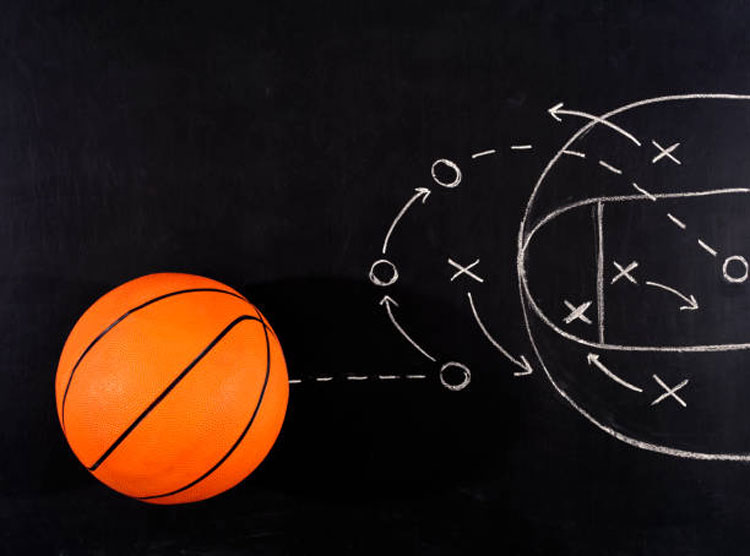The official mass of a basketball will vary depending on various factors. The age of the player is one, as different age groups tend to play with other size balls. For example, younger children will usually play with a smaller, lighter ball than they would use in the NBA.
For that matter, different leagues also have different standards for the mass of a basketball. The regulations range to accommodate different players.
The NBA (National Basketball Association), WNBA (Women's National Basketball Association), NCAA (National Collegiate Athletic Association), and FIBA (Fédération Internationale de Basketball) all have specific specifications when it comes to ball size.
Physics 101: Before Calculating Mass
In case you weren't paying attention in your physics class, let's go through a quick refresher on the difference between mass and weight. Mass is the quantity of substance or matter in an object.
On the other hand, weight is the gravitational force acting on an object. In other words, mass is always constant, but weight will vary.

To put it simply, here's the equation we use to calculate mass:
Weight (gravitational force) = mass x acceleration
Because we are performing our calculations on Earth, the acceleration of gravity is 9.8 m/s2. So, our calculation becomes:
Weight = mass x 9.8
Now, if we already know the weight, which we do for all the different basketball sizes, then it is easy to simply rearrange our formula to instead calculate the mass:
mass = Weight / 9.8
Next, since mass should be in metric, we will want to convert our weight, which is in ounces, into grams. To do this, we need to know that:
1 oz = 0.27801385 newton
Finally, with that information, we can write our formula for calculating mass like so:
mass = (Wx0.27801385)/9.8
Now that we know the formula for calculating mass, we can look at the different masses of a basketball.
As we mentioned before, different age groups play with different ball sizes. In addition, different leagues have also standardized the mass of a basketball based on gender.
Mass of a Basketball Depending on Size
Size 5
Size 5 basketballs are the standard youth size for both boys and girls.
The NBA recommends these balls for children under 11. They weigh about 17 oz. Once we follow our calculations to discern mass, we find that the mass of a size 5 basketball is 0.482 kg.
You might also like: Basketball Sizes for Kids: For the Different Age Groups (5 to 13+)
Size 6
The official ball size for the women's NCAA league and the WNBA is size 6. This is the largest size used in any professional women's league and is recommended for all girls over 12. Weighing 20 oz, these balls have a mass of 0.567 kg.
Size 7
Size 7 is the most commonly used size basketball in professional games, and this is the standard size for men in the NBA, NCAA, and FIBA.
It is worth noting that even though both the NBA and NCAA insist on a size 7 ball, there are still some differences between the actual ball used in each league.
The NCAA is far less strict when it comes to ball regulations. The size 7 balls used can range between 20-22 oz, and their circumference will also vary between 29.5-30 in.
Comparatively, the NBA has a set of very stringent regulations. Spalding makes all the official balls for professional matches. The size 7 balls must have a circumference of 29.5 in and weigh exactly 22 oz. Using our formula to calculate mass, NBA size 7 balls have a mass of 0.624 kg.
Wrapping Up: Mass of a Basketball
If you play basketball, then you'll know that there is a surprising amount of physics involved in the sport. After all, trying to map a perfect trajectory for the ball straight into the net is a kind of equation.
Here, we've discussed the difference between weight and mass to calculate the mass of the three most commonly used basketball sizes.
In the professional leagues, size 6 and 7 balls are standard, and these balls range in mass from 0.567 kg to 0.624 kg.
